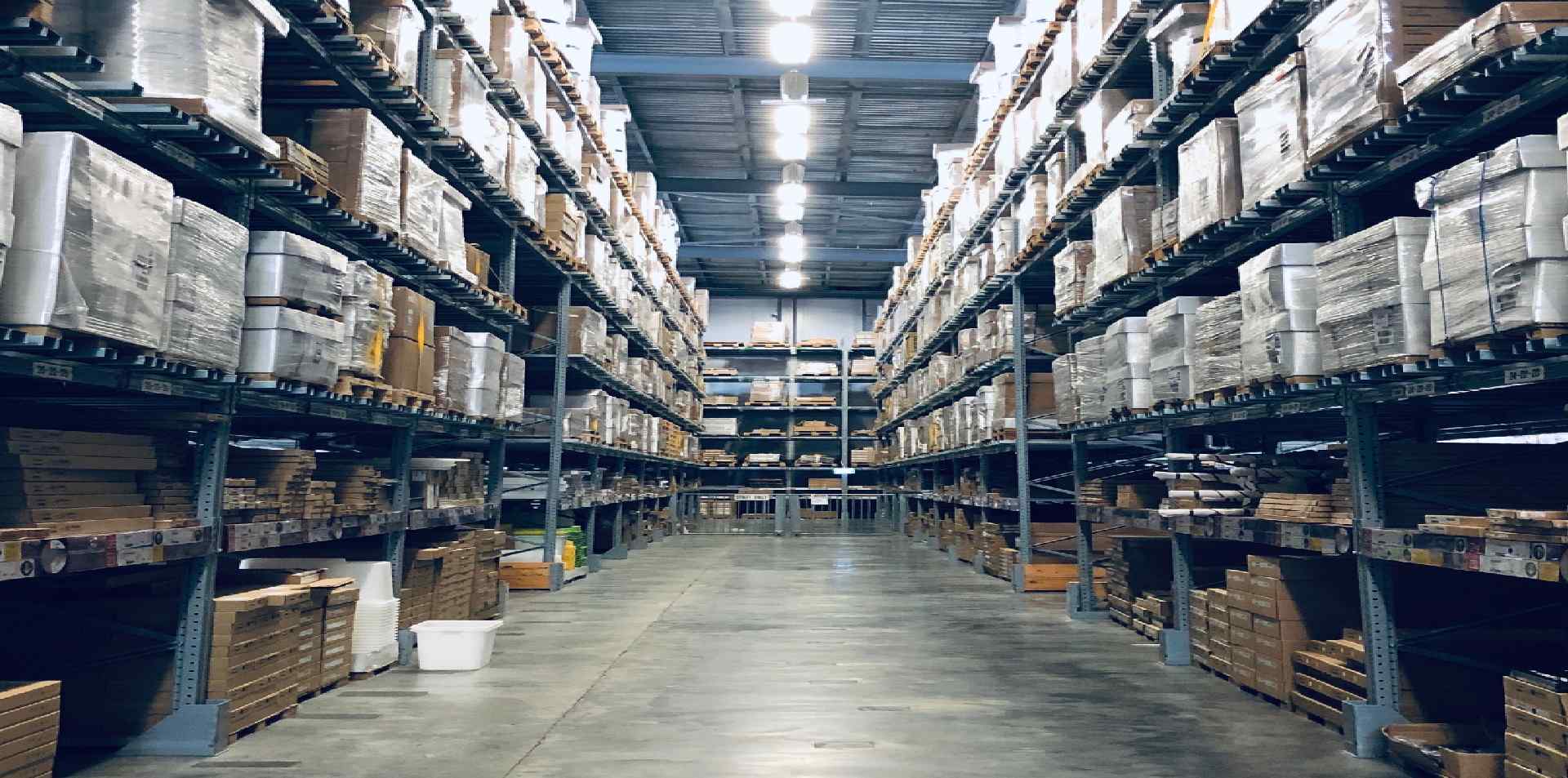Today’s environment has opened everyone’s eyes to the effect supply chains have on our world. As consumers, we’ve struggled to find paper products, cleaning supplies, and favorite foods. The fragility of complex international supply chains has been exposed, and things which were long taken for granted today need extreme strategizing on how best to meet the need.
For 26 years, my world has revolved around being part of a team responsible for ensuring specific supply chains remain intact and productive. A focus has always been on driving as much cost as possible out of this machine. The industry has done a fantastic job of making supply chains increasingly more efficient as a way to reduce costs and enhance competitiveness.
But as many organizations have lately learned, it is important to factor in risk control when considering how lean a distribution chain should be. I’ve seen just-in-time inventories impacted by disruptions in logistics channels and manufacturer supply capabilities. Safety stock counted on in the pipeline has now proven to be insufficient oftentimes. E-commerce platforms have provided quick access to limited stock from a new provider or, too often, provided no assistance (or overpriced products ) from unidentified sources which didn’t end up being trustworthy. Topics like quality and reliability, which have been seldom issues for basic things, found their way to daily decisions.
It would to irresponsible to state we could plan for anything because some things are just not foreseeable. But, I believe this pandemic has discovered the need for proactive approaches to mitigate risk generally if the next crisis is a man-made or natural disaster, a political conflict, or an economic event. Below are three primary concepts to consider.
Worth Relationships
E-commerce is not the answer to everything. It is still very important to have connections with the providers who are essential to your business. You have to be able to negotiate and collaborate with individuals in a time of crisis to brainstorm and adapt to the situation at hand.
Leverage Nearby Supply Chains
When incidents occur that interrupt your supply chain, the time it takes to receive completed goods to your facility is critical. Finding regional or local resources may reduce your transport time and permit you to get products in a matter of hours versus days or weeks. Local and regional supply can (and should) still provide global reach and planning. Search out the suppliers who can manage and implement a supply chain on the neighborhood level.
Tech can make your team efficient in normal times, and it can offer much-needed clarity in”fog of war” situations. One way is by providing visibility into employee behavior concerning product use: What is moving? How quickly? Visibility into this data helps you immediately identify trends, prioritize what is important, and plan accordingly. Many technologies can help incorporate an element of management and will be able to help you prolong the life span of current inventory by controlling wasteful consumption. There are various ways to collect data to improve decision-making and respond to or strategy for risk in the supply chain.
Also read: COVAXX And Maersk partner To Supply Global COVID-19 Vaccines
The main goal of a lean supply chain isn’t necessarily less stock (although that’s often a consequence ), but instead an optimized flow that closely tracks requirements. Risk management — establishing safeguards and systems to navigate possible disruptions — is a critical component. When you’re running the next lean exercise about eliminating waste from your distribution chain, ask yourself: Have I addressed the subject of risk mitigation?
As the three theories above tip at, this does not need to be expensive or complicated. Start with valuing relationships, otherwise called picking the ideal providers — those with the resources and partnership mindset to support you through troubled times. Reduce lead times by leveraging local distribution chains. Third, use technology that provides insight into how you are using products on your operations — info you’ll need to make confident choices in fluid situations.
Also read: Capgemini: The Rise Of Drones In Supply Chain Post-COVID-19
Times of crisis can also be times of rapid advancement and positive change. The better we plan for risk in our organization, the better chance we have of coming out stronger on the opposite side.










Leave a comment